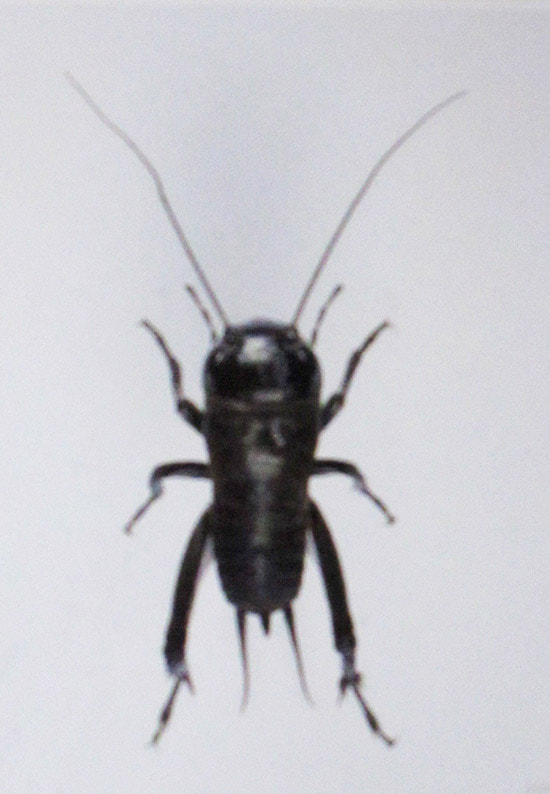 During the recent cool nights we’ve been having, it’s a good time to open the windows and experience some night sounds. What I’m referring to are the sounds of crickets. These seldom seen but heard during late summer nights, crickets are distributed around the world except in latitude 55 degrees or higher. They can be found in varied habitat from grasslands, bushes, forests, marshes, beaches and caves. In most of our Lehigh Valley yards, they hide mostly in flower beds or along walls or fences with high grass. Crickets are mainly nocturnal and best known for their loud, persistent chirping song of males trying to attract females, although some species are mute. The singing species are said to have good hearing. Proof of this is upon approaching one in your yard when they’re chirping, they’ll immediately stop. As for the chirping, a male cricket, with its head facing its burrow in a flower bed for example, creates its chirping using its leathery fore wings to scrape against each other to produce the sound. Its burrow acts as a resonator to amplify the sound. According to entomologists, crickets have a vein that runs along the center of each tegmen, with comb-like serrations on its edge forming a file-like structure. At the rear edge of the tegmen is a scraper. The tegmina are held at an angle to the body and rhythmically raised and lowered which causes the scraper on one wing to rasp on the file on the other. Most female crickets lack the necessary adaptations to stridulate, so make no sound. Like birds, crickets have several types of songs in their repertoire. The calling song attracts females and repels other males, and the latter is fairly loud. The courting song is used when a female cricket is near and encourages her to mate with the caller. A triumphal song is produced for a brief period after a successful mating, and may reinforce the mating bond to encourage the female to lay some eggs rather than find another male. As for their diet, some species will feed on flowers, fruit and leaves, with ground-based species favoring seedlings, grasses, pieces of leaf and the shoots of young plants. Others are more predatory and include invertebrate eggs, larva, pupae, moulting insects and aphids. Many are scavengers and will consume various organic remains, decaying plants, seedlings and fungi. Crickets’ lifecycles consist of an egg stage, a larval or nymph stage that increasingly resembles the adults that eventually form into an adult stage. Their predators are mostly opossums and skunks. We’ve had a cricket in our flower garden beneath our bedroom window the last two months. Last week, we smelled a skunk and upon checking our security cameras the next morning, low and behold old stinky was foraging around in our garden evidently looking for a cricket meal. So, before the cold temperatures of fall arrive and the crickets burrow in for the winter, enjoy the night sounds of summer.
0 Comments
Leave a Reply. |
AuthorNick Hromiak has been an outdoors and automotive writer for over 30 years. He's been published in numerous national and state-wide outdoor magazines and newspapers.
|
Proudly powered by Weebly
 RSS Feed
RSS Feed